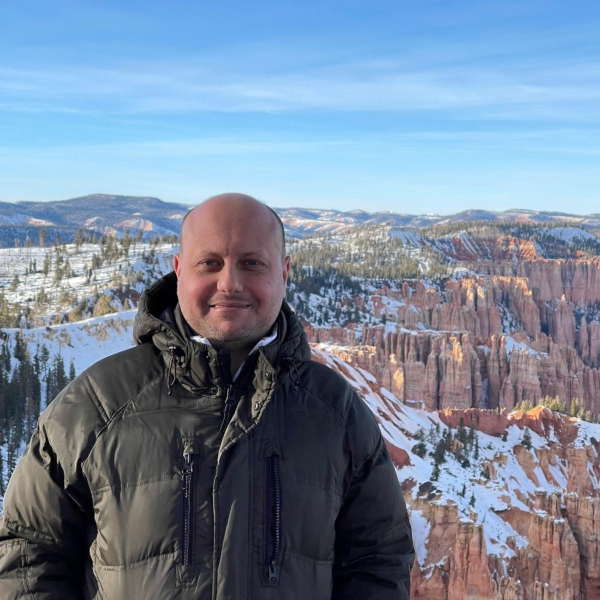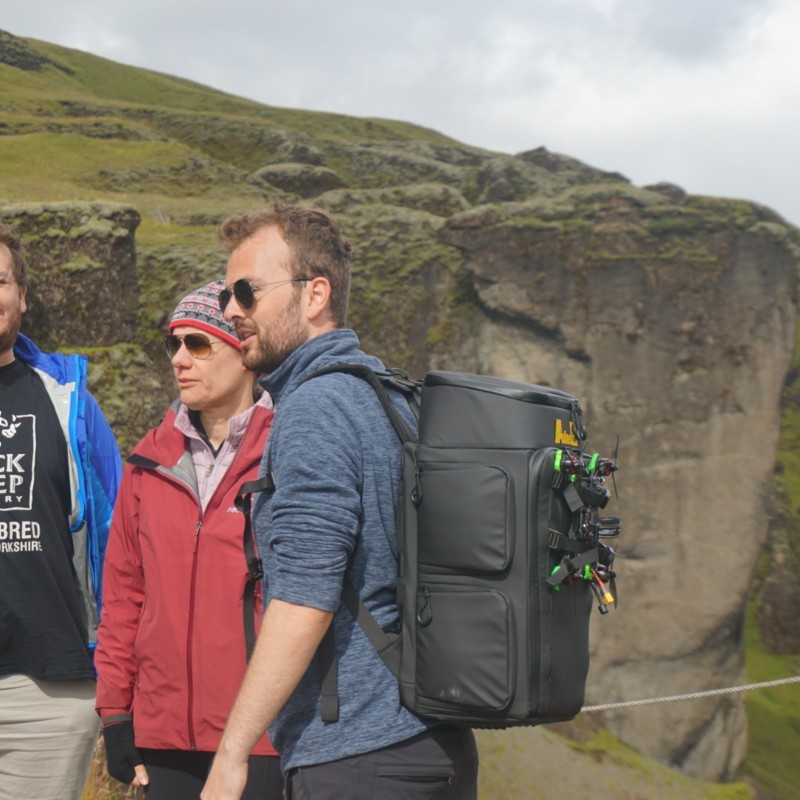Cross-Institutional Collaboration Enhances Hydrologic Modeling in the Logan River Watershed

Recent collaboration between researchers in the Cooperative Institute for Research to Operations in Hydrology (CIROH) from University of Alabama (UA) and Utah State University (USU) highlighted the value of cross-institutional partnerships in improving community hydrologic modeling. Focused on the Logan River watershed, this joint effort demonstrated how sharing tools, knowledge, and infrastructure can accelerate both model development and scientific discovery.
Through this engagement, USU researchers gained deeper understanding of the NextGen framework and T-Route modeling library, empowering them to improve physical process representations for the Logan River watershed for heightened simulation fidelity. The collaboration also provided valuable exposure to the developmental side of complex modeling tools, offering insights into framework design, automation workflows, and best practices for model setup and calibration. Both teams benefited from exposure to alternative research tools and methods, which helped enhance and refine the community development pipeline.



